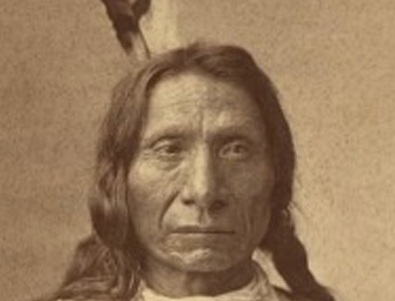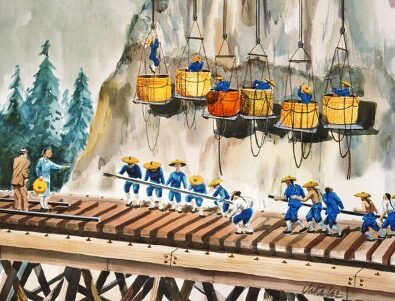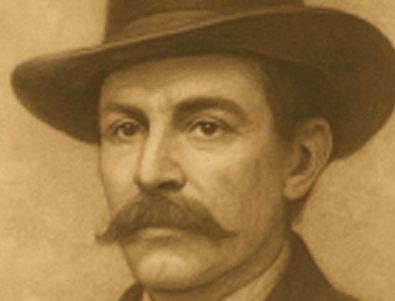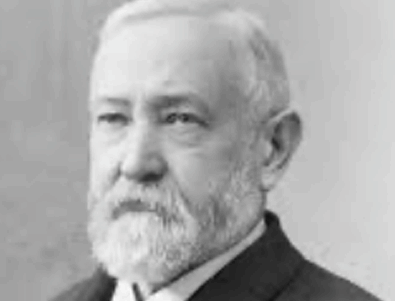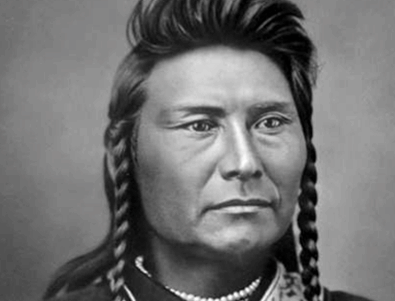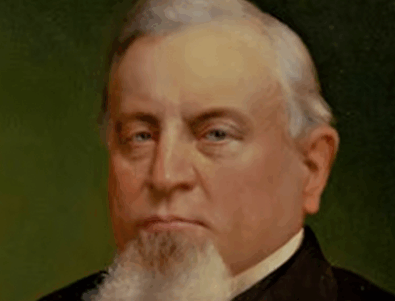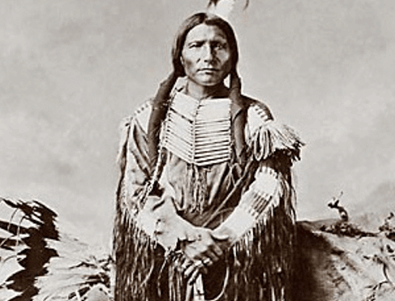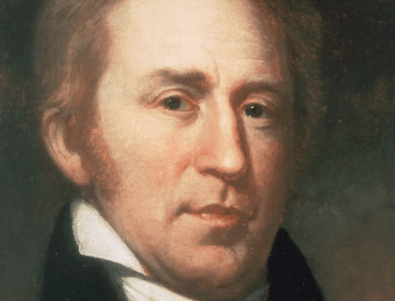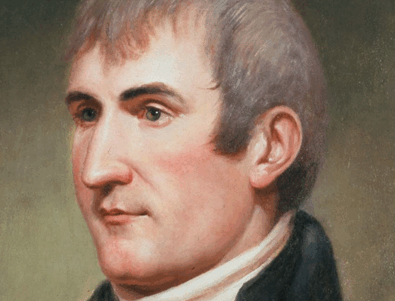Remembering Red Cloud
We’ve written before about some of the greatest Native-American warriors of the 19th century: Crazy Horse, Chief Joseph, and Quanah Parker, to name a few. Today we write about another of the great...
Transcontinental Railroad
Between 1865 and 1869, over 12,000 Chinese laborers were instrumental in building the Central Pacific Railroad through the Sierra Nevada mountains. Recruited largely from southern China, these...
Remembering Doc Holliday
When thinking about “Old West” characters, many come to mind – Wyatt Earp, Jesse James, Billy the Kid among others. While people tend to categorize these characters as “good” or...
Remembering Benjamin Harrison
Born on August 20, 1833, Benjamin Harrison was the 23rd President of the United States (served, 1889-1893). He was a descendant of a prominent Virginia family, and was the grandson of William...
Remembering Chief Joseph
September 21 marks the anniversary of the death of Chief Joseph, one of the most famous Native-American chiefs during the period of our nation’s decades-long “Indian Wars” in the second half of...
Remembering Charles Crocker
“Robber Barons.” Americans have used this phrase for over a century to describe the late 19thand early 20th century men who were instrumental in the financing of America’s industrial and...
Remembering Crazy Horse
The history of the American West is, in many respects, a history of conquest, as American settlers in the 1800’s migrated west into the lands of various Native-American tribes. Following the...
Remembering William Clark
Last month we posted a story about Meriwether Lewis, the famed explorer who co-led the Lewis and Clark expedition of 1804-06. The other leader of that expedition was William Clark, who died on this...
The California Gold Rush: The 175th Anniversary Of The “49’ers,” And California’s First Constitutional Convention, September 1849
The story of the American West is a story of emigration—hundreds of thousands of pioneers heading West, originally to areas west of the Mississippi River, and later to areas west of the Rockies,...
Commemorating the 200th Anniversary of the Birth of Meriwether Lewis
Commemorating the 200th Anniversary of the Birth of Lewis In the history of the American West (by which I mean west of the Mississippi), two events arguably were the starting point for the western...

